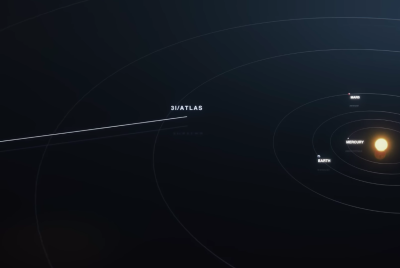Japan Eathquake May Have Struck Atmosphere First

The devastating earthquake that struck Japan earlier this year may have rattled the highest layer of the atmosphere before it shook the Earth, a discovery which could be used to provide warning for big earthquakes.
The magnitude 9.0 earthquake struck the coast of Tohuku in March and ushered in what might be the world's first complex "megadisaster", as the quake triggered off a tsunami and a series of small quakes and tremors around the globe.
Scientists recently found that the surface motions and tsunamis the earthquake triggered also generated waves in the sky that reached all the way to the ionosphere, one of the highest layers of the Earth's atmosphere.
Now geodesist and geophysicist Kosuke Heki at Hokkaido University in Japan has reported that these ripples in the ionosphere could have in fact occurred before the quake struck.
Heki gathered data from thousands of GPS receivers - which communicate with satellites using signals than are easily disrupted by a slight surge in electrons.
He discovered a rise of around 8 per cent in the total electron content in the ionosphere about the area hit by the quake around 40 minutes before the temblor. The increase was at its highest around the epicentre and diminished further away.
"Before finding this phenomenon, I did not think earthquakes could be predicted at all," said Heki.
"Now I think large earthquakes are predictable."
After analysing date from other huge earthquakes, including the Sumatra magnitude 9.2 earthquake in 2004 and the 8.8 Chile earthquake in 2010, Heki found that a similar pattern occurred.
Right now the anomaly is only seen with earthquakes with a magnitude of 8.5 or higher. Heki also warned that solar storms can trigger changes in electron content, so before researchers can develop an early-warning system for earthquakes based on ionospheric anomalies, they would have to rule out non-earthquake causes.
© Copyright IBTimes 2025. All rights reserved.





















